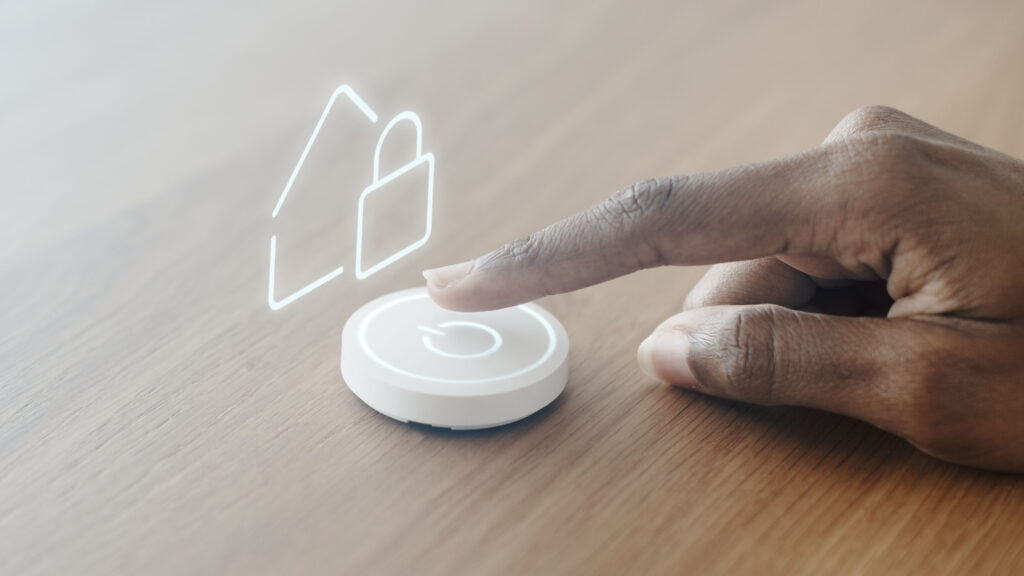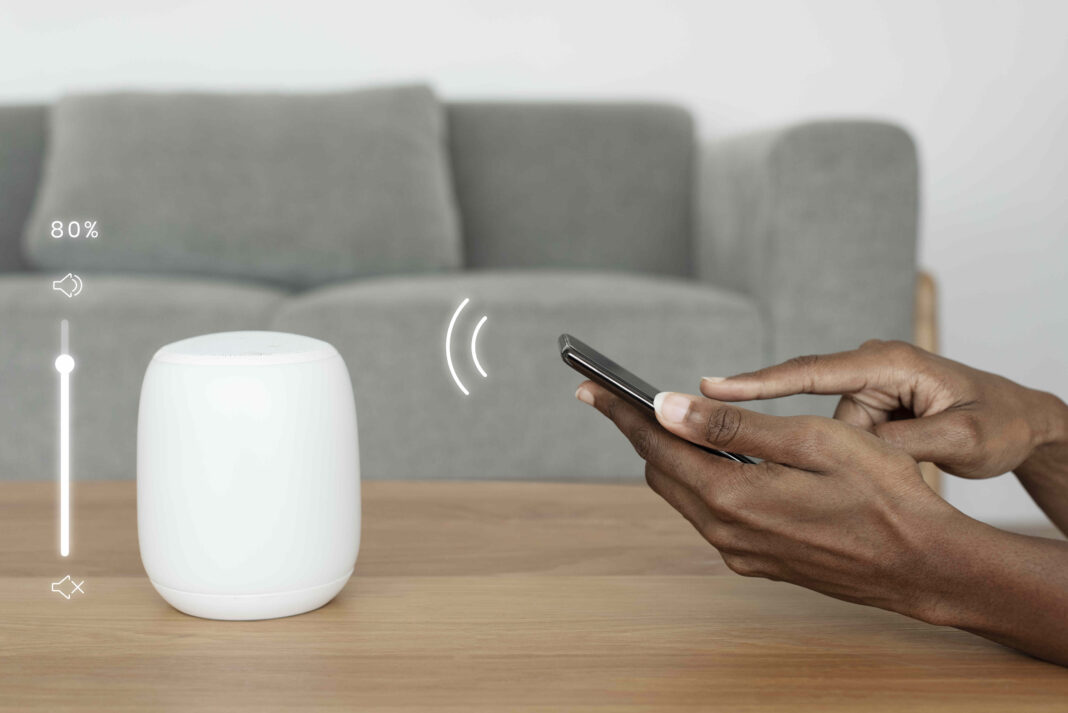Smart home devices have become an integral part of modern living, offering convenience, efficiency, and enhanced control over our homes. However, as the number of connected devices grows, so does the risk of cyber threats. Securing your smart home devices is no longer optional—it’s a necessity. This guide will walk you through practical steps to protect your smart home ecosystem, ensuring your privacy and security remain intact.

Why Securing Smart Home Devices Matters
Smart home devices, such as smart speakers, thermostats, cameras, and doorbells, are designed to make life easier. However, they are also potential entry points for cybercriminals. A single vulnerable device can expose your entire network to hacking, data theft, or even physical intrusion.
For example, an unsecured smart camera could allow hackers to spy on your home, while a compromised smart lock could give them access to your property. The consequences of neglecting smart home security can range from privacy breaches to financial losses.
By taking proactive measures, you can significantly reduce these risks and enjoy the benefits of smart technology without compromising your safety.
Risks Associated with Smart Home Devices
Before diving into solutions, it’s essential to understand the common risks associated with smart home devices:
- Weak Passwords: Many users rely on default or easily guessable passwords, making it easy for hackers to gain access.
- Outdated Firmware: Manufacturers frequently release updates to fix vulnerabilities. Failing to update your devices leaves them exposed to known threats.
- Unsecured Networks: Connecting smart devices to an unsecured Wi-Fi network can expose them to attacks.
- Lack of Encryption: Some devices transmit data without encryption, making it easy for hackers to intercept sensitive information.
- Third-Party Integrations: Integrating smart devices with third-party apps or services can introduce additional vulnerabilities.
Understanding these risks is the first step toward securing your smart home.
Steps to Secure Your Smart Home Devices
1. Change Default Passwords Immediately
One of the most common mistakes users make is failing to change the default passwords on their smart devices. Default passwords are often easy to guess or widely known, making them a prime target for hackers.
- Actionable Tip: As soon as you set up a new device, change its password to a strong, unique combination. Use a mix of uppercase and lowercase letters, numbers, and special characters. Avoid using easily guessable information like birthdays or names.
2. Keep Firmware and Software Updated
Manufacturers regularly release firmware updates to address security vulnerabilities and improve device performance. Ignoring these updates can leave your devices exposed to known threats.
- Actionable Tip: Enable automatic updates whenever possible. If automatic updates are not available, check the manufacturer’s website or app regularly for updates.
3. Secure Your Wi-Fi Network
Your Wi-Fi network is the backbone of your smart home ecosystem. If it’s not secure, all connected devices are at risk.
- Actionable Tip: Use a strong, unique password for your Wi-Fi network. Enable WPA3 encryption if your router supports it. Additionally, consider setting up a separate network exclusively for your smart devices to isolate them from your primary devices, such as laptops and smartphones.
4. Enable Two-Factor Authentication (2FA)
Two-factor authentication adds an extra layer of security by requiring a second form of verification, such as a code sent to your phone, in addition to your password.
- Actionable Tip: Enable 2FA on all smart home devices and associated apps that support it. This simple step can significantly reduce the risk of unauthorized access.
5. Disable Unnecessary Features
Many smart devices come with features you may never use, such as remote access or voice control. These features can introduce additional vulnerabilities if not properly secured.
- Actionable Tip: Review the settings of each device and disable any features you don’t need. For example, if you don’t use remote access, turn it off to minimize potential attack vectors.
6. Use a Firewall and Antivirus Software
A firewall can help block unauthorized access to your network, while antivirus software can detect and remove malicious software.
- Actionable Tip: Install a reputable firewall and antivirus solution on your network. Some routers come with built-in firewalls, so check your router’s settings to ensure it’s enabled.
7. Regularly Monitor Device Activity
Monitoring your smart home devices for unusual activity can help you detect potential security breaches early.
- Actionable Tip: Use the app or dashboard provided by the manufacturer to review device activity logs. Look for any unfamiliar devices or suspicious actions, such as failed login attempts.
8. Invest in a Secure Router
Your router plays a critical role in securing your smart home. A high-quality router with advanced security features can provide better protection against cyber threats.
- Actionable Tip: Consider upgrading to a router that offers features like automatic updates, built-in firewalls, and guest network support.
Advanced Security Measures for Smart Home Devices
For those looking to take their smart home security to the next level, consider implementing these advanced measures:
1. Use a Virtual Private Network (VPN)
A VPN encrypts your internet traffic, making it more difficult for hackers to intercept data from your smart devices.
- Actionable Tip: Set up a VPN on your router to encrypt all traffic from your smart home devices.
2. Implement Network Segmentation
Network segmentation involves dividing your network into smaller, isolated segments. This can prevent a compromised device from affecting your entire network.
- Actionable Tip: Create separate networks for your smart devices, personal devices, and work devices.
3. Regularly Audit Your Devices
Conducting regular security audits can help you identify and address vulnerabilities in your smart home ecosystem.
- Actionable Tip: Review the security settings of each device at least once a month. Remove any devices you no longer use.
Frequently Asked Questions (FAQ)
1. What is the most common security mistake with smart home devices?
The most common mistake is using default passwords. Always change the default password to a strong, unique one during setup.
2. Can smart home devices be hacked?
Yes, smart home devices can be hacked if they are not properly secured. Following the steps outlined in this guide can significantly reduce the risk.
3. Do I need to update my smart home devices regularly?
Yes, regular updates are crucial for fixing security vulnerabilities and improving device performance.
4. Is it safe to use voice assistants like Alexa or Google Assistant?
Voice assistants are generally safe if you secure them properly. Enable two-factor authentication and regularly review your privacy settings.
5. Should I use a separate network for my smart home devices?
Yes, using a separate network for your smart devices can help isolate them from your primary devices, reducing the risk of a network-wide breach.
Conclusion
Securing your smart home devices is essential to protect your privacy, data, and physical safety. By following the steps outlined in this guide, you can create a robust security framework for your smart home ecosystem. Remember, the key to effective security is vigilance and proactive measures. Start implementing these tips today to enjoy the convenience of smart technology without compromising your security.
If you found this guide helpful, consider sharing it with friends and family to help them secure their smart homes as well. Together, we can create a safer, more secure connected world.

